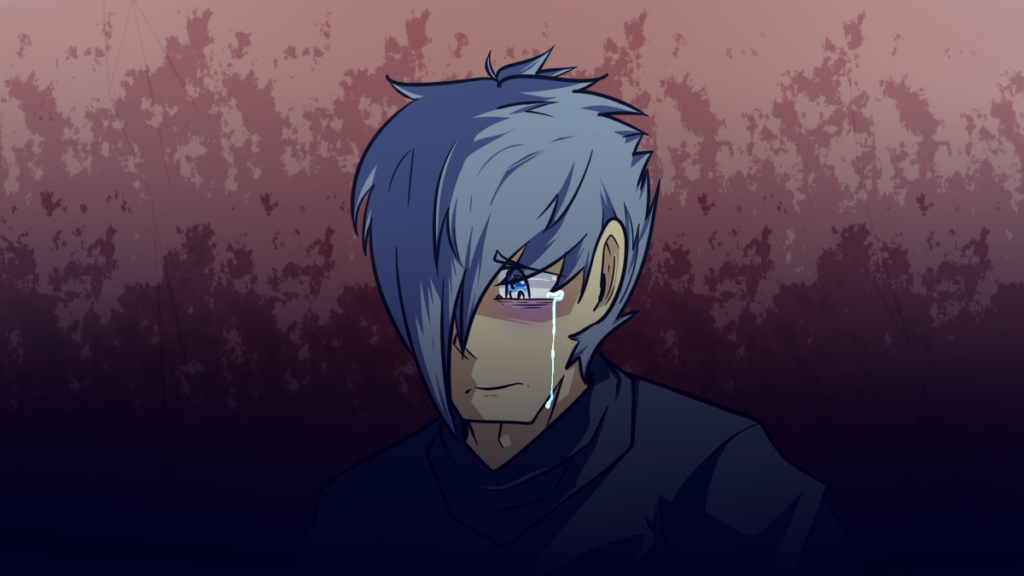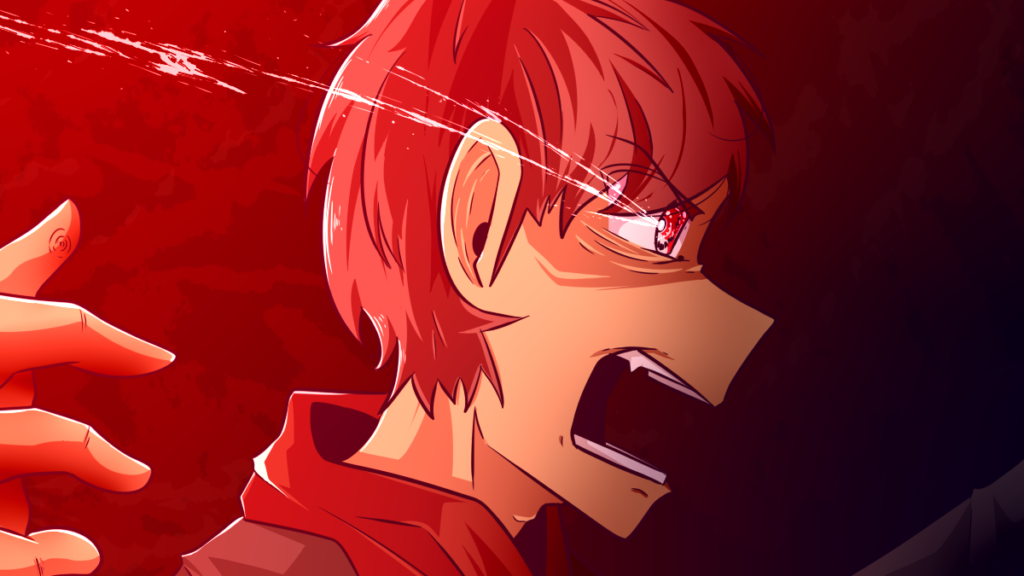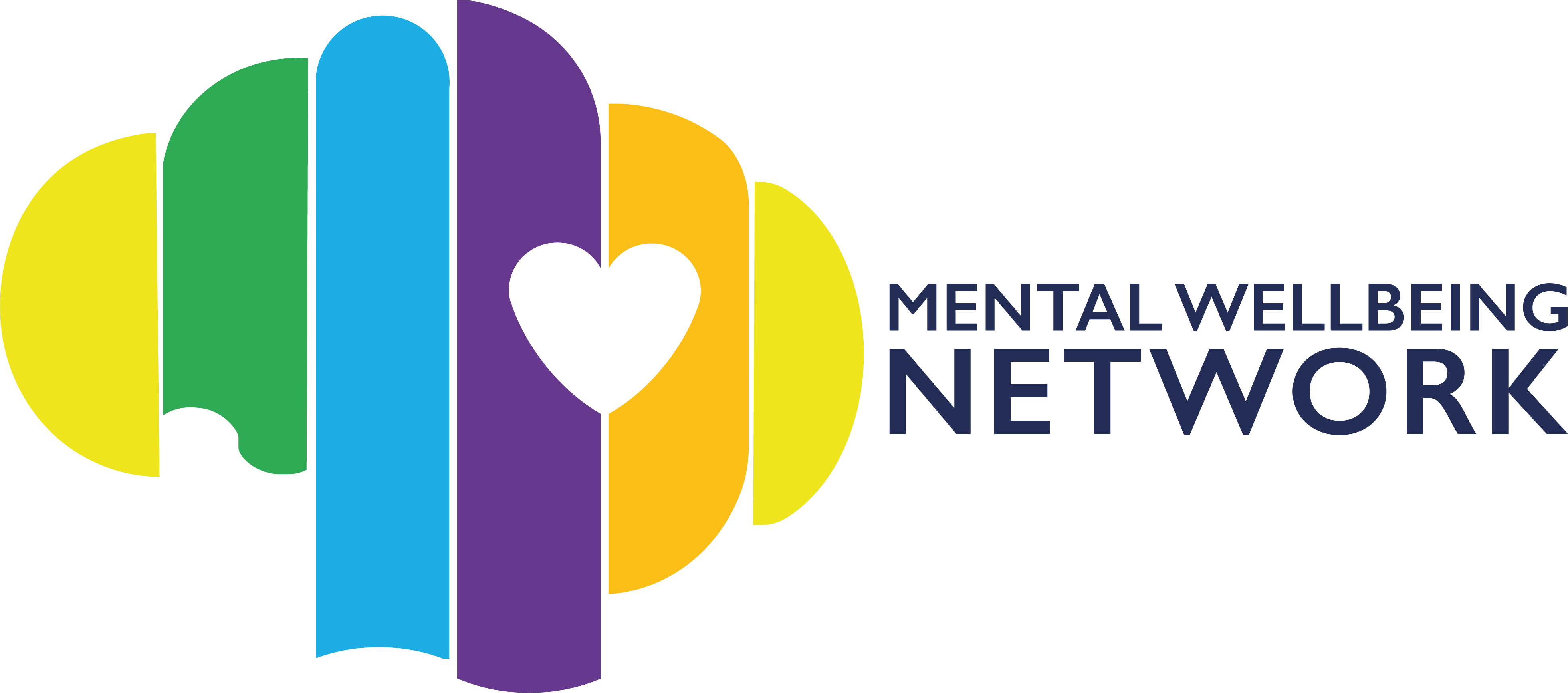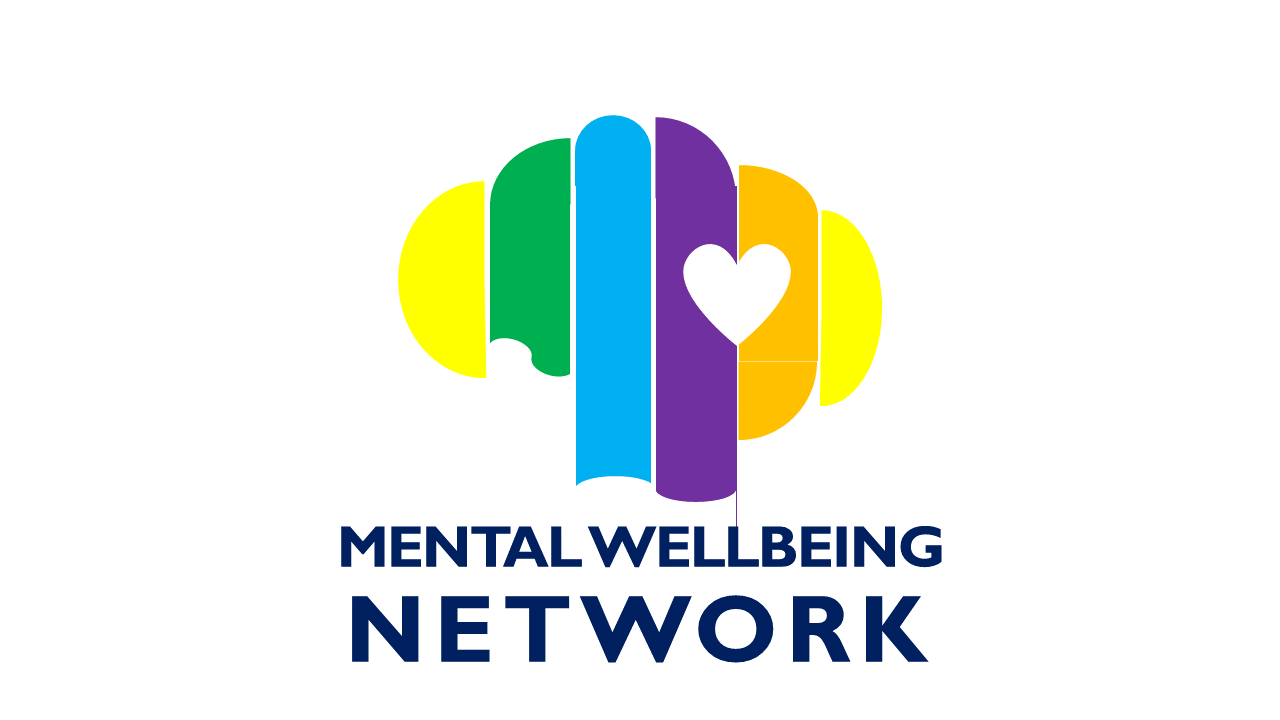Inside Out is a Pixar Animations film created in 2015 that shows how emotions changing form us. The main character Riley and her emotions change throughout the film as a child Riley is pre-pubescent. Before puberty starts an event that happens in Riley’s life causes her to develop depression. The movie shows the slow stages of depression, and how important it is to talk about your emotions.
How do memories and emotions work together?
In the film Inside Out, emotions start from the moment Riley is born. Her first emotion is joy, when Riley first looks at her parents joy appears and so does Riley’s core memory. Core memories are an important part of Riley’s life, they create her personality. Next to appear is sadness, Riley becomes sad almost instantly after birth due to hunger. Joy and sadness are called core emotions, these are very important in all of us. Inside Out shows viewers what happens to Riley without joy, this is the main emotion in control of young Riley. Most children’s main emotion is joy. We briefly see that this is different for her mum and dad. Riley’s mum has sadness as her lead emotion, and anger oversees Riley’s dad.
The emotions have a big effect on who Riley is. Riley remembers special life events and saves them as core memories. These memories influence Riley’s personality. Family island, goofball island, honesty island and friendship island are all aspects of Riley’s personality. They come from the emotions felt during the memories. Mostly Riley is a happy child and joy creates a lot of memories for younger Riley. In the beginning of the film all the islands are in working order as Riley is very happy but once she moves house this changes. The move from Minnesota to San Francisco has an impact on all Riley’s emotions as she becomes sad. We briefly see how the move impacts her mother and father. Her mum and dad become depressed and stressed. This is shown by the dad’s lack of personal care and the mother hiding her real emotions to protect her fathers’.
How do your emotions affect your personality?
Inside Out shows how Riley’s personality changes as joy is no longer there and different emotions take over Riley. In the movie joy tried to keep sadness away. Sadness began wreaking havoc, this caused them to disappear from headquarters. Joy is normally in charge of Riley’s memories as a child but because Joy isn’t there the other emotions; disgust, anger and fear take control of headquarters. While they are in charge Riley slowly starts to break emotionally, this starts her depression. Without joy in headquarters Riley cannot be happy. This is symbolised as the islands of personality start breaking. Riley changes as the first island starts to break. Riley no longer acts goofy and expresses herself through goofing around with her dad, goofball island slowly breaks away.
How does your personality change with emotions?
The goofy part of Riley’s personality is gone, she is now serious all the time. She grows emptier and more depressed as the film goes on, the personality islands continue to fall apart. The islands are breaking because Riley is

Anger then causes another part of her personality to leave. Riley becomes jealous as her best friend from Minnesota about making a new friend. As Riley hangs up the phone we see friendship island crumble, portraying Riley’s friendship has also gone forever. With Riley being lonely her depression grows. Being lonely can cause you to become depressed. Friendship is an important part of a person’s life at any age.
The negative impacts of change
Inside Out shows that Riley loved to play hockey throughout the film. A lot of memories are shown in connection to hockey. This island eventually falls beneath the ground when Riley messes up in try-outs and gives up. After this riley is never the same and breaks more. Riley changes completely and she lashes out at her parents and also sits in the dark room. She is showing signs of depression. Pre-pubescent Riley starts to act out even more as she is missing her old neighbourhood. The emotions don’t know how to deal with Riley and try to make her happy, anger then takes control. Anger changes Riley and pushes her to act more out of character than before. She robs her mother’s bank card to buy a bus ticket to go back to Minnesota. Honesty island finally breaks. All the emotions realise they are in trouble, and Riley falls into depression. As all the islands are slowly breaking one by one. Riley is breaking to her depression, this is shown as headquarters becoming gradually darker.
Do key memories affect us as we grow up?
Inside Out shows how emotions are changing Riley as she grows older, and briefly shows how her memories brought Riley to where she is now. In the film we see Bing Bong Riley’s imaginary friend. This imaginary friend shows us Riley’s creative side and what she liked at 3 years old. He talks about when Riley was a young happy child and how she enjoyed spending her time using her imagination. Riley’s imagination has declined as she has grown more depressed. She doesn’t enjoy stuff the way she used to before her depression. We see this as Bing Bong starts to fade away and eventually disappears, Riley forgot about Bing Bong. Riley still has a part of her imagination, it is darker now as she has a dream about her first day at school. We see this as Riley starts to dream about her teeth falling out and going to school with no pants on. As mental health affects us negatively, we see our happy creations and imagination fade into a darker state. Depression changes everything we enjoy.
How do our fears control our emotions?
The film also shows us Riley’s dislikes and fears. Bing Bong gets lost in Riley’s subconscious. This is where her dislikes and fears are. Grandma’s vacuum and a clown are Riley’s darkest fears. Living in fear every day would affect Riley’s emotions negatively. In the middle of a dream, Joy needs to wake Riley to get back to headquarters, to save Riley from breaking into her depression. Sadness has an idea to create a nightmare to wake up Riley, as the dog costume rips apart Riley starts to show signs of distress and is about to wake up, but it wasn’t enough to scare her. Instead, joy lets the clown break out of the subconscious and Riley then wakes up scared. Our fears need to be controlled so we stay happy. Too much fear at once causes phobias. Riley’s phobia is the clown. We briefly see grandma’s vacuum, but Riley is 11 in this film and wouldn’t have recently become scared of grandma’s vacuum. She must have feared the vacuum as a baby. Our fears are also key memories from any age that can stick around but are kept locked away, so we feel safe. Riley doesn’t feel safe or happy th7at is why the clown was able to get out of her subconscious. Her depression continues to spiral out of control.
Our emotions and the impact they have on our memories.
As humans we store memories in our brains and our memories can make us feel different or mixed emotions. Inside out talks about mixing emotions for different memories, the first time we see a mixed emotion is when joy and sadness talk about the same memory. Riley spills milk out of her nose, joy said it was hilarious while chuckling and sadness said it hurt whilst sighing deeply. Mixed emotions start to show as a child starts to grow up and can be confusing when happening for the first time. As the film is ending, we see more mixed emotions. Riley’s new personality islands are being made of mixed emotions. Riley has overcome depression and learnt to understand her mixed emotions. We see personality islands that have mixed emotions in them like a friendly argument section. showing anger and joy working together. Inside Out shows viewers that mixed emotions and memories in life are normal as we start to grow older and understand emotions better. The film also shows that emotions can change during a memory. Riley has a flashback to a memory that was happy, as we see the memory rewind, we see it turn blue, this symbolises the memory going from sad to happy. Sometimes you have memories that are one emotion, but if we look past that main memory a couple of moments before or after your emotion could swiftly change. With Joy in headquarters Riley is not depressed. Without joy there she became increasingly depressed. We see that as Riley’s personality breaks she becomes more depressed showing the viewers the importance of looking after the things that keep you happy.
Do all our emotions play a part of our lives?
Inside out shows our core emotions we have and how they are first created. Riley has joy and sadness from birth like all humans would have created these emotions at birth, but new core emotions develop as Riley grows older these emotions are a part of us as humans and are normal to have in small portions. As the movie shows us Riley growing, we meet fear, toddler riley was running and was about to trip over a wire, fear stopped riley and saved her from hurting herself. The movie showed us that fear keeps us safe but too much fear would cause anxiety. Then we met disgust, Riley was eating broccoli for the first time and didn’t like it, disgust appeared. Shortly after disgust we met anger. Anger was first shown while younger Riley was having a temper tantrum. She was told she can’t have dessert if she doesn’t eat her broccoli. As humans we feel anger when we do not get what we want, and small doses of anger are normal but if anger takes control of a person anger issues will start in the individual. All these emotions play a key part in how we are as individuals and our personality traits. When joy was missing for a while it caused Riley’s depression. the way we think and work changes when an emotion is missing, this causes mental illness.
Why are our core emotions so important
Without our core emotions we start to break emotionally. Inside out portrayed that when joy and sadness disappeared from headquarters. The longer joy and sadness are not there, Riley starts to break emotionally. Headquarters turns black meaning Riley is starting to become numb to emotions. Inside Out character joy kept sadness away for Riley to be always happy this showed us what happens when trying to block out emotions. Eventually backfired as joy disappeared with sadness but without joy in headquarters Riley couldn’t be happy causing her depression. To get back to headquarters joy had to accept sadness. Through out the film we see how sadness works and why she is important. Bing Bong upset because Riley is forgetting him. Sadness comforts him by listening and letting him cry, once he cries, he starts to feel better and thanks sadness. As humans we feel better after crying because we have accepted our emotions. All emotions are healthy in small doses and can prevent mental health. At the end of the film sadness must save the day. Riley breaks down as she runs away from home, Riley cannot go through with it as sadness sets in and goes home. Crying into her parents’ arms saves riley. Sadness gains control of Riley and saves her from her breakdown. Here we see that all emotions must take control occasionally to keep us emotionally functional and prevent a breakdown.

How do our emotions change as we grow?
As we grow older our emotions become more complex, our likes and dislikes change, we grow new emotions, and our bodies develop. In the beginning of the film, we see Riley as a baby with only two emotions: joy and sadness. Then we see other emotions as riley slowly grows, once riley reaches 11 years old we see that riley starts to change and doesn’t understand what is happening, riley slowly breaks, she can only use one emotion at a time. Slowly Riley starts to mix her emotions into one and a new Riley form. We also see how Riley’s likes and dislikes change. As a younger child Riley was creative and enjoyed her imaginary friend Bing Bong, as she grows up, she forgets about Bing Bong and loves hockey. Just before Riley hits puberty she changes almost everything she likes and shows signs of mixed emotions. Riley will become confused during puberty as it is a stressful time and extremely confusing. As the film comes to an end, she reaches 12 years old.
Children’s emotional development
Inside Out portrayed that Riley is about to go through a confusing time when joy and sadness reach headquarters and stop Riley breaking. Headquarters gets an upgraded control board that looks really complicated and even a puberty alarm. We notice headquarters has become brighter and there is no darkness surrounding the emotions. Riley is no longer depressed when she expresses how she feels to her parents. Inside Out created this film for the younger viewers to understand how emotions have an impact on life and it is always best to talk to someone about your emotional issues to stop mental illness sinking in.



